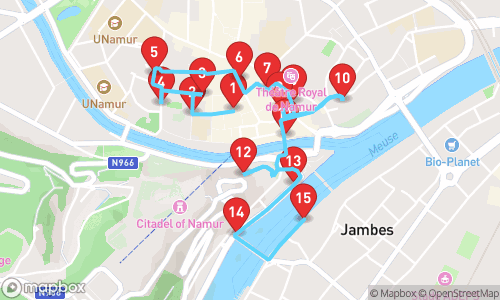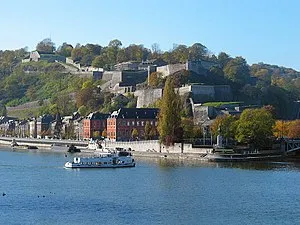
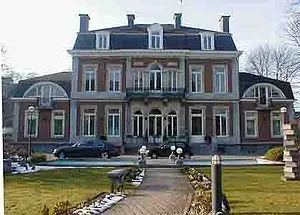
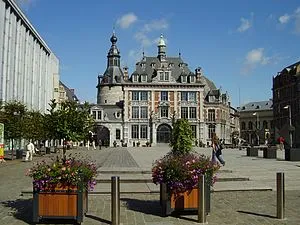
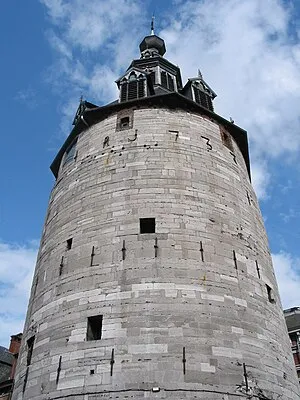
Historische Ontdekkingstocht door Namur

Tour Guide
Jenny Multilingual
Welcome to Namur! On this GPS guided audio tour, we will visit 15 stops on a route of 3.07km. This tour focusses mainly on general tourism.
Locatello is an app where you can generate personal audio guided tours. Set your preferred distance, guide, language and theme, and a guided tour is created on the spot.
Walking Time
Distance
stops
Language
Tour Stops

Citadel of Namur
A fortress originally from the Roman era, rebuilt several times, and designed by Menno van Coehoorn with improvements by Vauban, classified as a Wallonia Major Heritage site and the highest point of the Meuse Citadels.

Élysette
A historic building, the Élysette, serves as the executive seat of the Government of Wallonia, housing the office of the Minister-President and his official residence.

Place d'Armes (Namur)
A historic square, once known as Grand Place, featuring a neo-Renaissance style Commercial Exchange building, built from 1932 to 1934 and funded by German war reparations.

Belfry of Namur
A historic tower, originally part of the city wall, serves as Namur's belfry, housing a clock that signals events and indicates time. Classified as a World Heritage Site, it represents civic architecture and the city's influence in Europe.
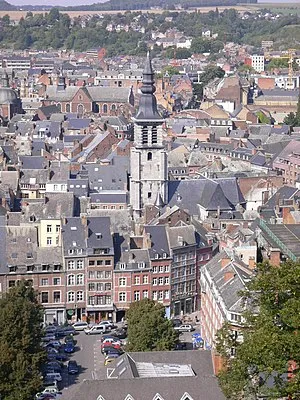
église Saint-Jean-Baptiste de Namur
A medieval church building, constructed in the 13th century, with multiple restoration phases, including 1547, 1616, and 1890. The church is known for its historical artifacts, including baptismal fonts from the original church, paintings by Cornelis Schut and Villebours, and 16th-17th century tombstones.
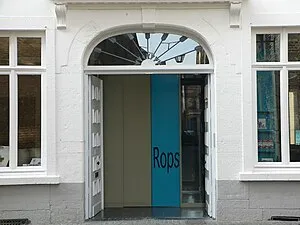
musée provincial Félicien Rops
A museum showcasing the artistic work of Félicien Rops, a renowned Walloon artist. The collection provides a comprehensive overview of his career, from his beginnings as a caricaturist to his most famous works as a graphic artist.
Audio Preview
30 sec
Hospice Saint-Gilles
A 13th-century hospice, now housing the Walloon Parlement, has undergone multiple renovations, including in the Renaissance era. Since its historic inception as a hospital, it has been known by various names, including 'Hospice Saint-Gilles'.

hôtel de Groesbeeck - de Croix
A 13th-century hotel particulier, the Hôtel de Groesbeeck - de Croix, was redesigned in the mid 18th century. It currently serves as a museum, housing the town's collection of 19th, 20th, and 21st century decorative arts.
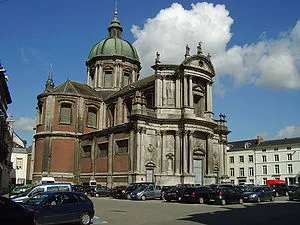
St Aubin's Cathedral
A Gothic-Romanesque cathedral founded in 1047, with a papal bull in 1559 establishing it as the Diocese of Namur's cathedral, featuring an ornamented frieze and works of art by Anthony van Dyck, Jacob Jordaens, and Jacques Nicolaï.
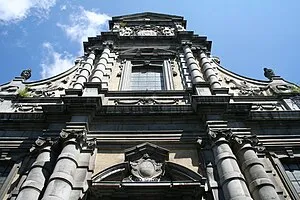
Saint Lupus Church
A parish church, Saint-Loup Church is a major baroque church in Namur, Belgium, listed as part of the "Patrimoine majeur de Wallonie".
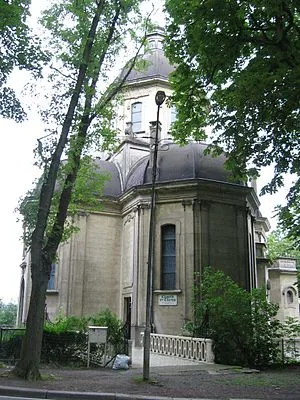
Chapelle Sainte-Thérèse de Namur
A Catholic chapel, Chapelle Sainte-Thérèse de Namur, was constructed from 1926 to 1928 to honor Saint Thérèse de Lisieux. It is a popular pilgrimage site for the Diocese of Namur and features a statue of the saint, ex-votos, and a tranquil atmosphere conducive to recollection.
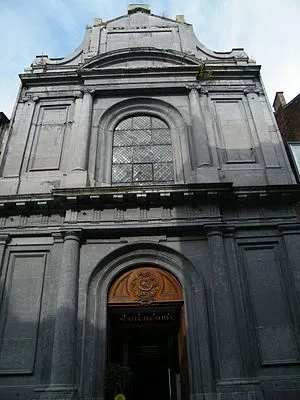
Église Saint-Jacques de Namur
A historic Catholic church building in Namur, Belgium, dating back to the 18th century, which served as a stop on the pilgrimage route to Saint-Jacques de Compostelle. The church features two notable statues, including one of Saint Jacques, the apostle.
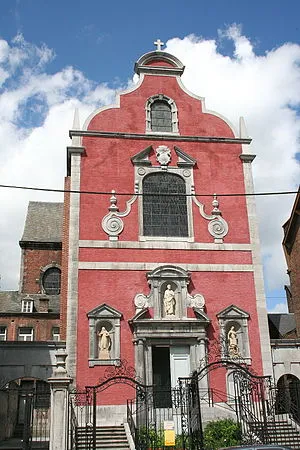
Église Saint-Joseph de Namur
A 17th-century church building, Église Saint-Joseph de Namur is a Carmelite monastery church that served as a parish church from 1818 to 2008.
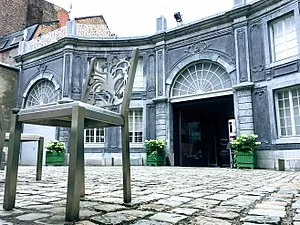
Hôtel de Gaiffier d'Hestroy
A 18th-century mansion built around 1730-1745, with additions and renovations throughout the centuries, hosting the Musée des Arts anciens since 1964. The striking building features a Regency-style courtyard, symmetrical pilasters, and elegant stuccowork.
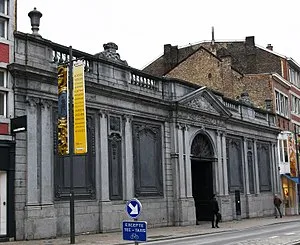
Musée provincial des Arts anciens
A museum showcasing medieval and Renaissance art, featuring works by Herri met de Bles, Dinanderie and metalwork, as well as sculptures, stained glass, embroidered textiles, glassware, and guild-related items, including the Enfant endormi by Pierre François Le Roy.
Download App
Experience this tour and many more with our mobile app. Available for iOS and Android.
Audio Preview
Tour Map
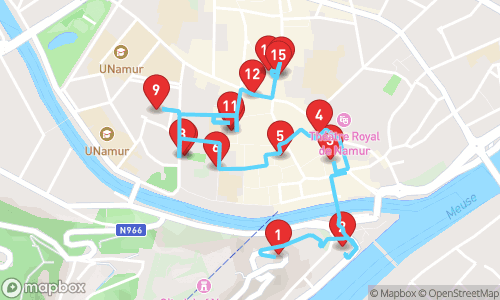
Quick Facts
- ✓GPS-guided navigation
- ✓Professional audio narration
- ✓Offline maps available
- ✓Premium content included
Why Choose This Tour
Expert Local Guide
Narrated by Jenny Multilingual, specializing in general tourism
Flexible Timing
Take the tour at your own pace, any time of day
